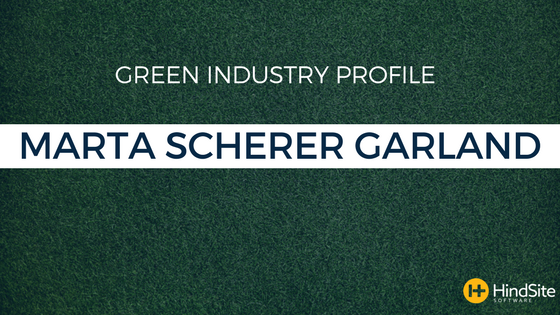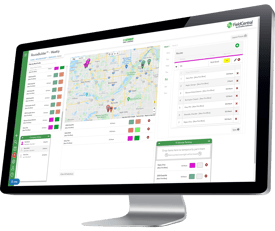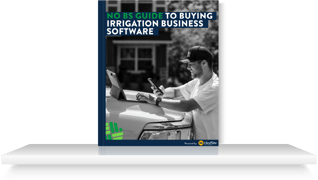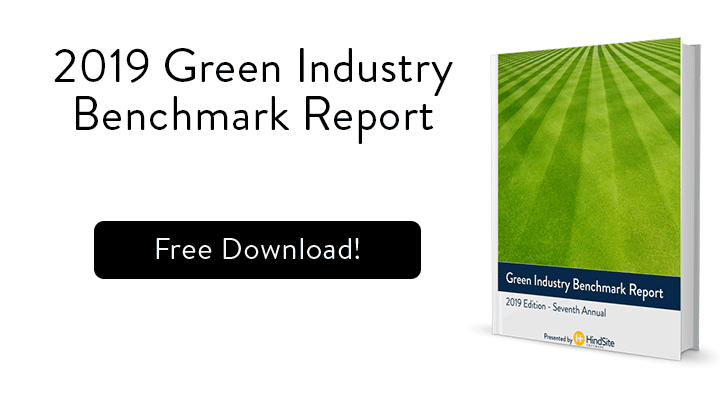
President
Greenland Landscape and Masonry
www.greenlandlandscapemasonry.com/
About Greenland Landscape and Masonry: Greenland Landscape and Masonry is owned by Mike and Marta Garland. Their key strength is the combination of talents in design, masonry, carpentry, landscape, and gardening. They are “hands-on” contractors who work on the project site, installing the work in-house, enabling them to keep their quality of work at its highest.
For Marta Scherer Garland, president of Greenland Landscape and Masonry in Danielsville, Ga., designing and installing landscape projects has been a lifelong passion. “I got a degree in landscape architecture at Cal Poly Pomona, near Los Angeles. I graduated in 1978. After that, I moved to Georgia on a whim and worked here for a few years for other companies. And then I decided to go off on my own.”
Her business soon changed when she met her husband, Mike Garland. “We’ve been partnering with this together for all these years. He is a skilled mason and hardscape contractor, and I’m a licensed landscape architect, as well as a landscape contractor, and a gardener. We like to do design/build, preferably when someone needs the whole thing, landscape, masonry, and whatever else they want. We’re a small company and we work in the $5,000 to $50,000 dollar price range.”
Greenland differentiates itself by focusing on smaller budget projects and delivering results normally associated with large budget projects. “It’s kind of a niche because when people hire us they get a plan of the project and a 3D rendering. From that we install the project and we can keep returning to do annual maintenance and other aftercare they need. So in my mind we provide a high-end service for smaller projects. A full service landscape company with an architect and a landscape and a masonry division probably wouldn’t be interested in doing much under $50,000.”
For Garland, part of what she enjoys most about the business is doing the work. “We used to have full time employees, but now we hire self employed craftspeople and artistic people on a per project basis. We have an extremely skilled masonry crew who works with us. I still do a lot of the planting myself. I thought about doing only the design and I tried that for a couple of weeks, but I felt awful just sitting at a computer all day. It was unpleasant. I actually most enjoy being outdoors and doing the project. That’s what I like the most, just creating something.”
Garland is also at a stage in her career now where passion projects are more important than keeping busy. “We realized about six or eight years ago that our primary goal was to do creative and artistic work, and eliminate stressful, no-win situations. That’s about screening your work. That’s basically what we’ve done and intend to do.”
One of those passion projects is designing and building gardens for churches. “We started doing church memorial gardens about eight years ago and since then we’ve done about six of them. And I really enjoy working with communities. It worked out really well with churches because they want a garden and it’s non-bureaucratic usually. What I found is every church that we built a garden for, they had already talked to what they call faith-based designers and most of those businesses aren’t set up to do anything less than $50,000 or so. So we just started doing projects where the church has raised about $10,000 to $15,000. They were ready to do something but they couldn’t get anything done. It was easy because we can do a lot with that amount of money.” Once people see the garden, there is more enthusiasm to continue developing the church grounds.”
Garland also takes a different approach to her work. “We do everything project-based. When I started out of school, I was taught to do overall master plans and then go from there. But I find the opposite is best. To start with a single project and then build on that over time.”
Word of mouth has been a major driver in Greenland’s success, but a unique marketing opportunity also played a role. “About 75% of our new business is word of mouth and then the remaining 25% might be people who find us on the Internet. We also did a television show around 2009. There was a drought here in Georgia and they instituted water bans. This was on top of the financial collapse. So a bunch of landscape companies had to cancel their big installs because there were water bans. So a show called Groundbreakers just couldn’t find a project to film. Someone gave them our name and they called us and they filmed a little $6,000 project we were doing because we had some rain barrels in it. We got a lot of work from that.”
Not only has Garland refined her day-to-day activities through the years, but she’s also refined the way she sells and completes projects. “Each week I’m usually on the job site about three days a week and then I devote one day a week to selling and designing. And then I have another day of the week to do office work, and designs on the computer. When potential clients call requesting an estimate for their project, I set up a meeting with them and we discuss ideas and ballpark costs for their project. To start the design, they pay a deposit that’s usually $400 to $500. And then I’ll start a 3D rendering of it on the computer. The first visit I consider a job interview. I don’t charge for that. People just don’t realize that when you’re doing a project, you want to put a lot of time and thought in it. I used to do rough sketches and ideas in the first meeting, but I quit doing that until they commit to a design. My first ideas are seldom the best and they always need back and forth input from the client. I want each project to be the best that it can be. So I screen people out by whether they’ll pay that fee to get started. I e-mail them the plans and 3D renderings and then they can give me feedback. I spend a lot of time up front on the design and figuring out the materials before we start. We can do the job quickly because everything is set up in advance. There’s very few changes or surprises with anything. We actually spend more time designing and setting up the job than it takes to install it.”
Like many in the industry, finding labor is an issue. “I am looking to hire some part-time students for horticultural work - planting and pruning. Everyone knows it’s hard to find help. The last time I tried to hire horticultural or landscaping students, they weren’t really interested in installing. I mainly try to hire from the two year tech schools. There’s one near us called Gwinnett Tech that has a good horticultural/landscape department. In Gainesville there’s a school called Lanier Tech, I believe they have a horticultural department.”
Garland never stops learning. “I usually go to one seminar a year that would be either put on by the ASLA or the University of Georgia, between them they have a lot of seminars. So I try to go to a seminar once a year. I also look on websites a lot. I like Land8, that’s for landscape architects. I also like Pinterest and Gardenista; they have pictures of gardens all over the world.”
This profile appeared in the 2018 Green Industry Benchmark Report. Download it today to see how your business compares to that of your peers.








